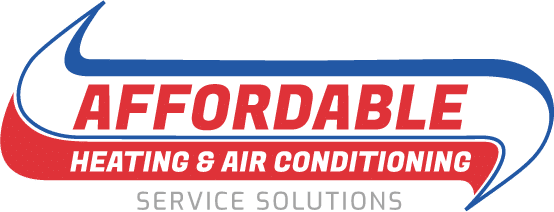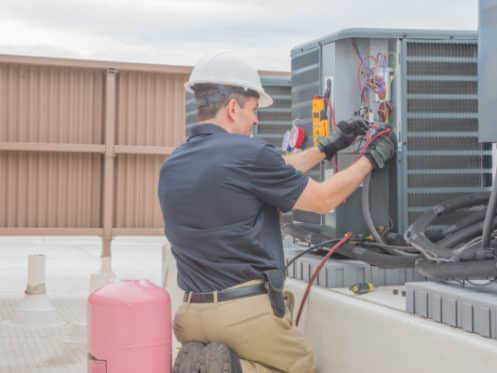Do you frequently experience issues with uneven heating and cooling or hot and cold spots in some parts of your building? Are you looking for ways to improve the energy efficiency of your HVAC system and reduce your yearly heating and cooling costs? Do you live in a home with multiple levels, lots of large windows or high ceilings? If you answered yes to any or all of these questions, upgrading to a multi-zone HVAC system is definitely something you should seriously consider. To make it easier to determine if multi-zone HVAC is right for you, here is everything you need to know about what it is, how it works and the benefits it can provide.
Multi-Zone vs. Standard Central HVAC
A typical central heating or cooling system is only one zone, which means that the system provides hot or cold air to the entire building whenever it is running. The only way to block the heat or air conditioning from reaching certain rooms or parts of the home is to close the supply vents in those areas. However, this is generally never recommended as it causes an air pressure imbalance that can lead to issues with insufficient and uneven heating and cooling, greater energy usage and increased wear and tear on the HVAC units.
A multi-zone system allows you to split up the building into smaller areas or zones that can each be controlled independently of the rest of the building. This type of system gives you the freedom to only cool or heat specific zones as needed without changing the overall air pressure inside the system.
How Does Multi-Zone HVAC Work?
A multi-zone HVAC system uses additional thermostats and air dampers to enable you to direct the heated or cooled air wherever it is needed. Each zone has its own thermostat that measures and controls the settings for only that zone. When the thermostat detects that more heat or air conditioning is needed in that zone to adjust it to the set temperature, it relays this information to a central control panel. The control panel then opens air dampers in the ductwork to allow air to flow to that zone.
The dampers are essentially metal plates that can open and close as needed to allow or block airflow from entering the section of ductwork that feeds that zone. As soon as the thermostat measures that the zone has reached the set temperature, the control panel then signals the damper or dampers in that zone to close and block off the airflow.
The beauty of this type of system is that you can set each thermostat to a different temperature without impacting any other room or zone. Although you can only have the system set to heat or air conditioning at one time, a multi-zone system still provides far greater control over how the building is heated and cooled.
Advantages of Multi-Zone Systems
The biggest benefits of multi-zone HVAC systems are definitely financial. The fact that this type of system means you won’t have to heat or cool the entire building at one time means you can drastically reduce your total energy costs by only heating or cooling those areas where it is currently needed. This also means that your furnace or air conditioner typically won’t need to run as frequently or for as long, which lessens the overall load on the unit. As a result, multi-zone systems can reduce your future repair costs and extend the lifespan of your HVAC equipment.
A multi-zone system can also make a major improvement in your overall home comfort by eliminating issues with hot and cold spots in the home. These issues are especially common in multiple-story homes or in situations where you experience a large amount of heat gain due to windows and skylights. These issues can quickly be overcome by creating separate zones for each floor or for any rooms or areas that experience lots of heat gain during the summer. You can even create individual zones for every room if you want, but this will obviously increase the overall price of the system.
Converting to a multi-zone HVAC system isn’t necessarily cheap since you will need to purchase and install additional thermostats and may also need to replace some or all of your ductwork. Nonetheless, most homeowners still find it well worth it due to the energy savings, improved comfort and greater control that a multi-zone system provides.
At Affordable Service Solutions Heating & Air Conditioning, we specialize in a full range of HVAC services and can help you more easily decide if a multi-zone system is a good option for your home. We have been helping customers in Richmond and the surrounding areas experience improved home comfort since 2012, and we have what it takes to handle every aspect of your HVAC system from installation to maintenance and repair. If you’re interested in learning more about the benefits of multi-zone HVAC or want to schedule a consultation with one of our experts, give us a call today.


